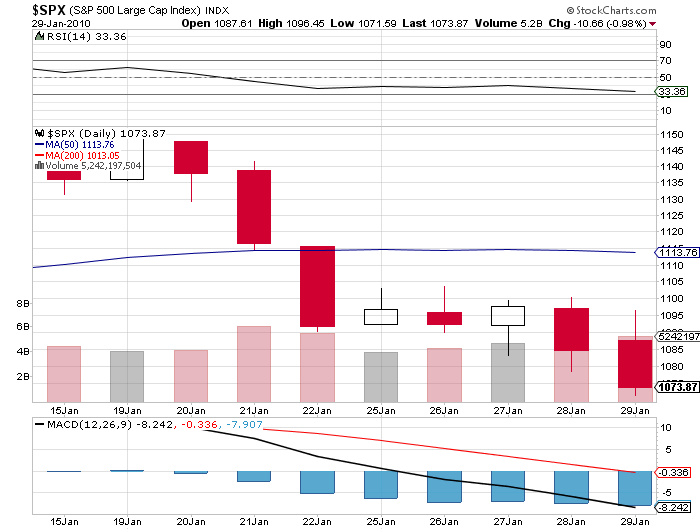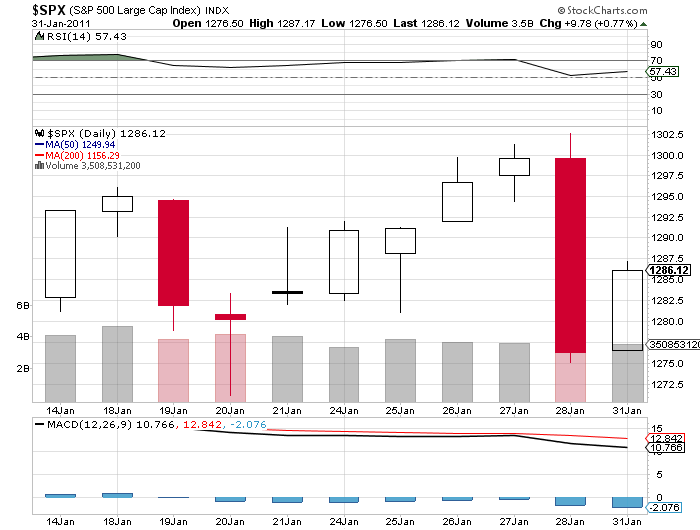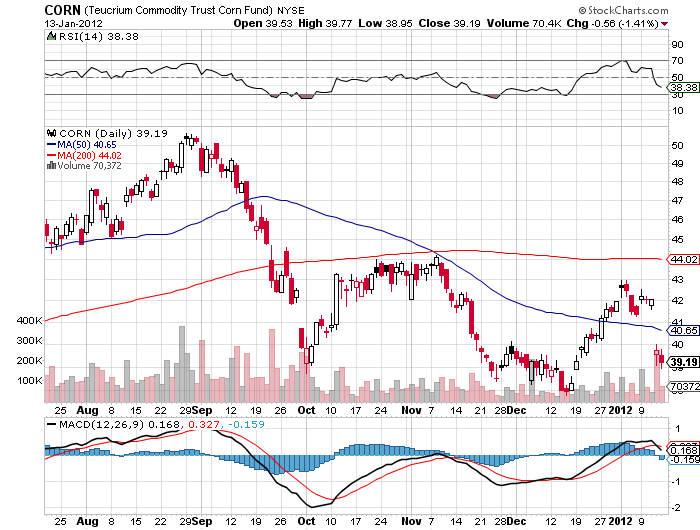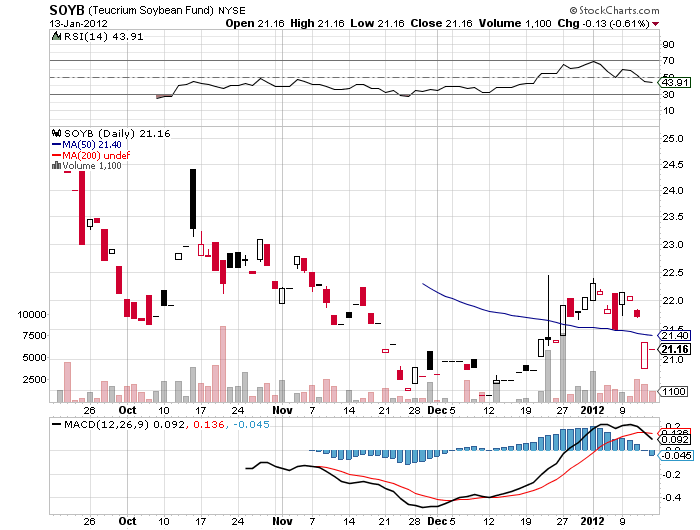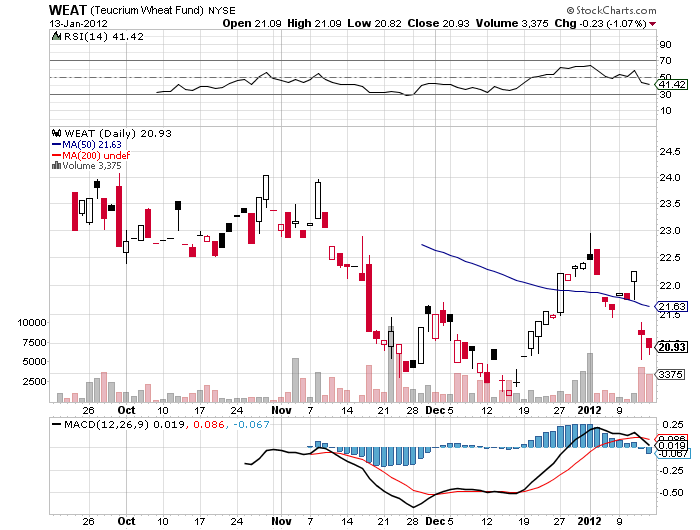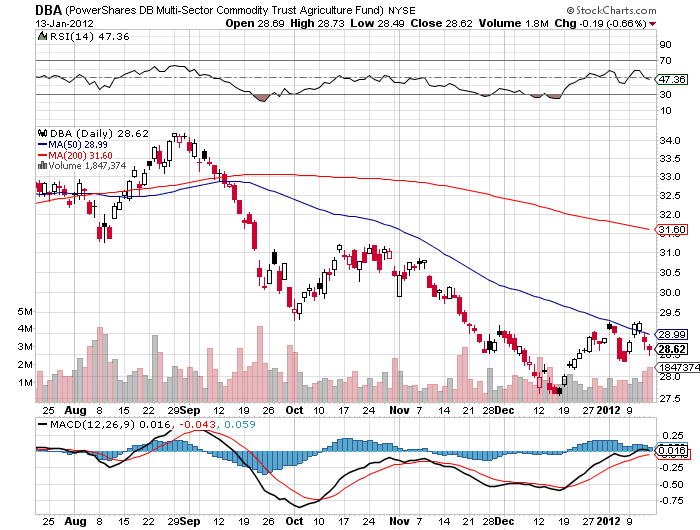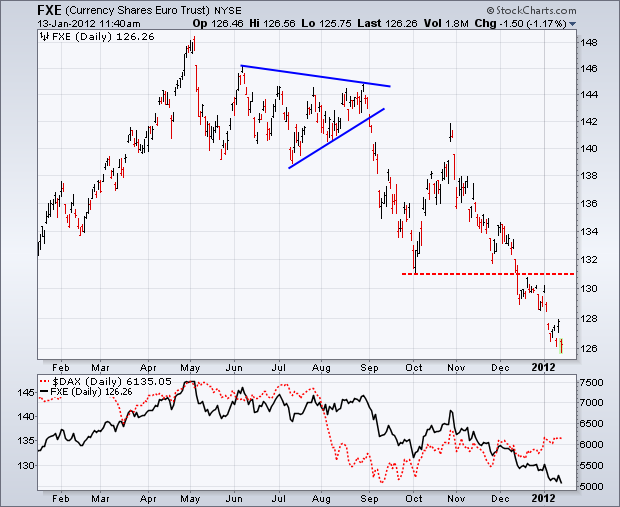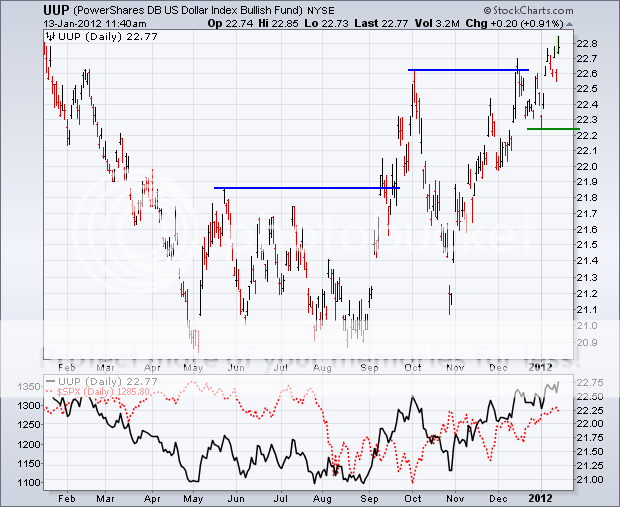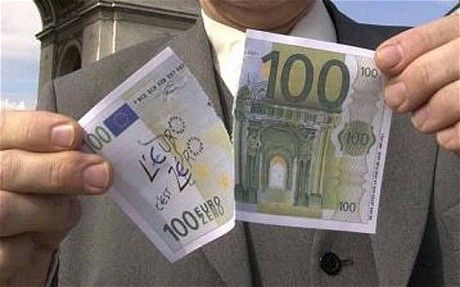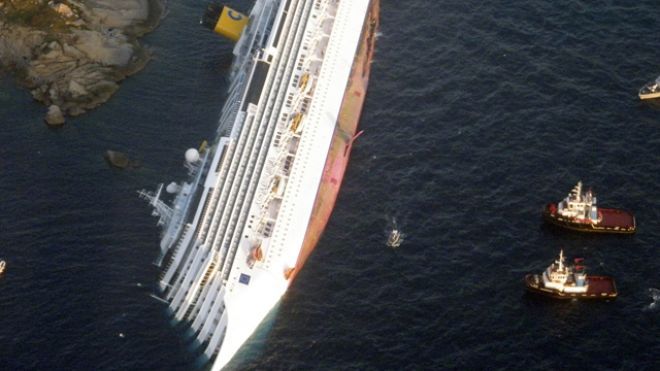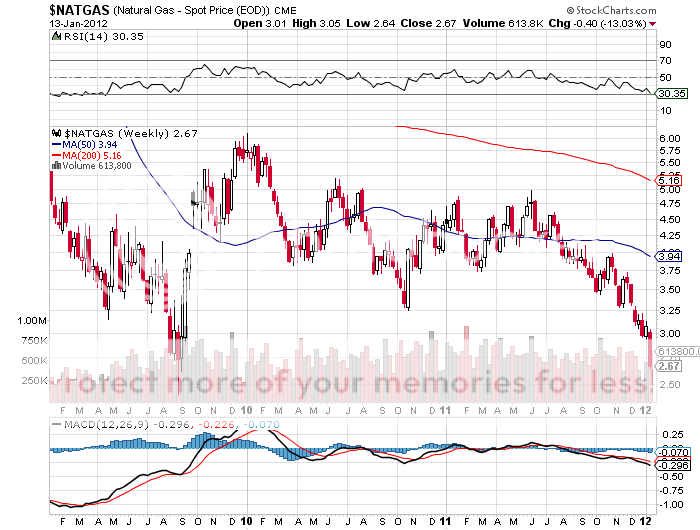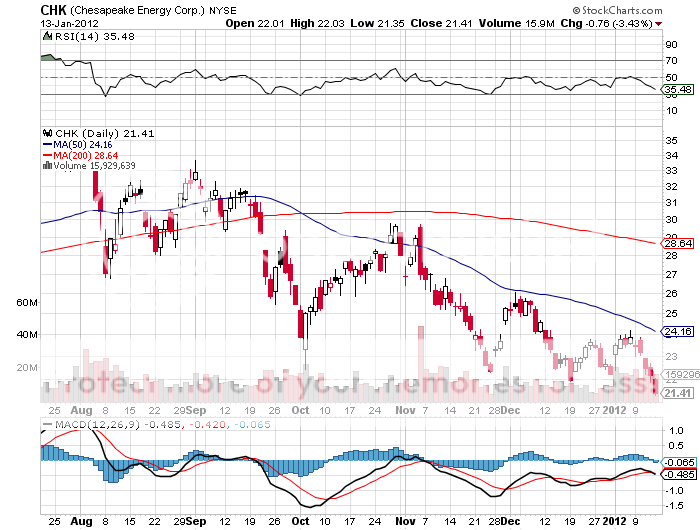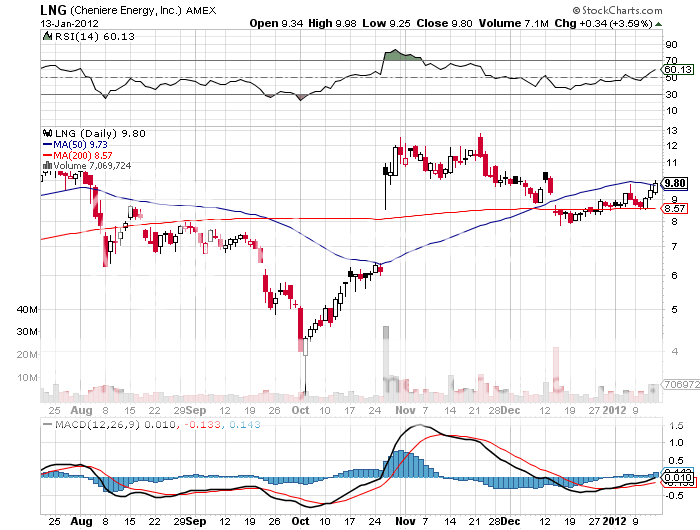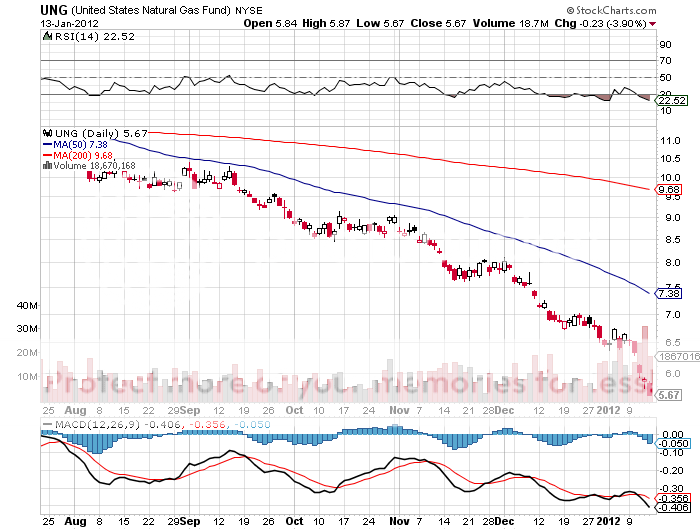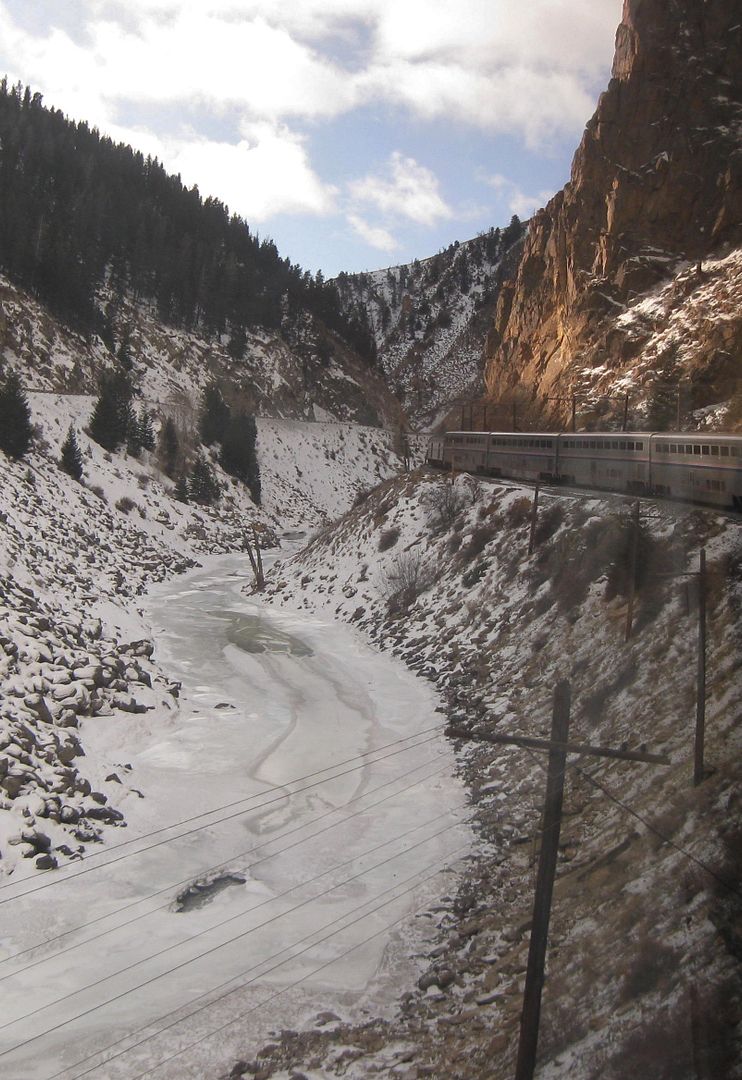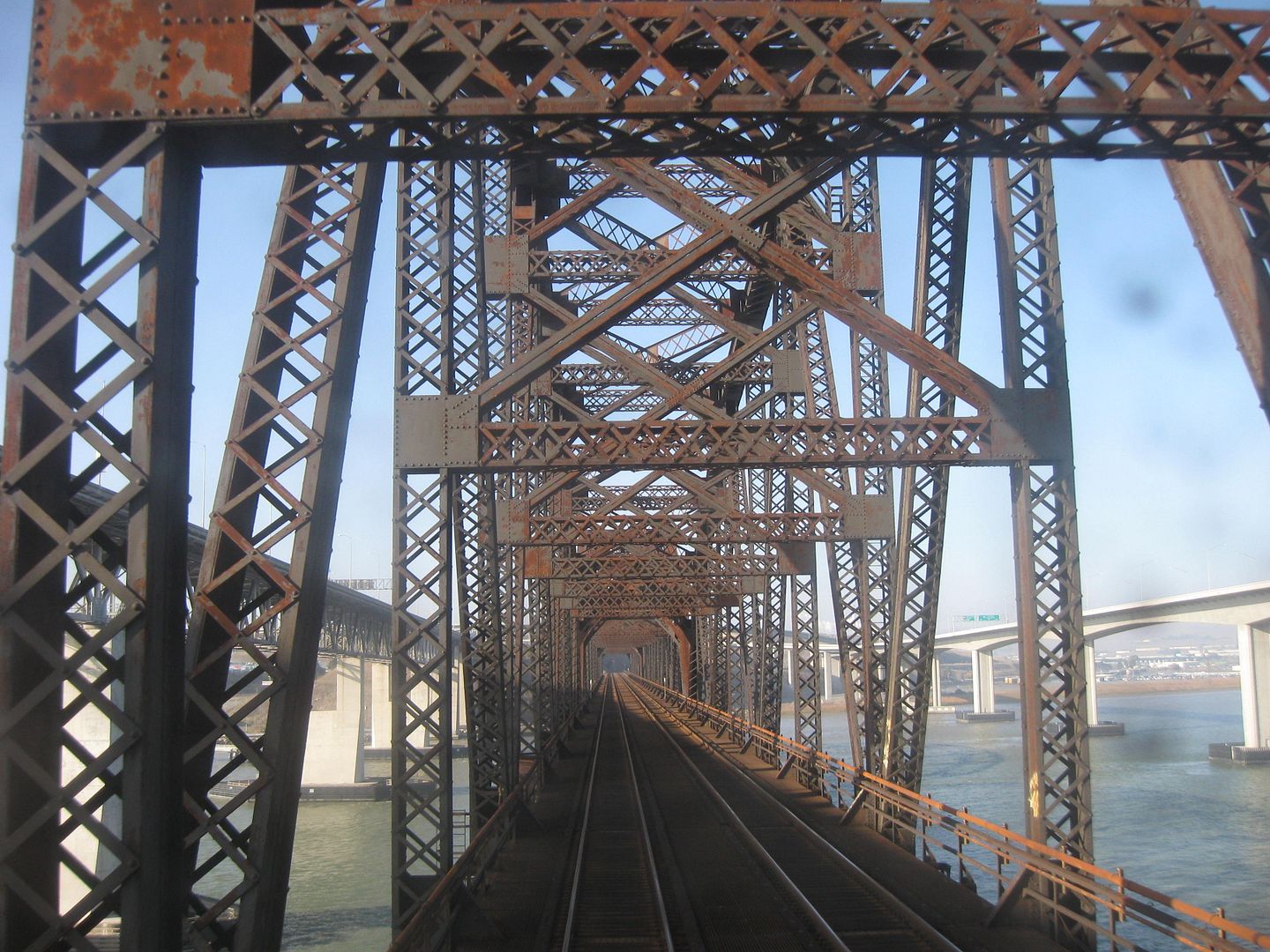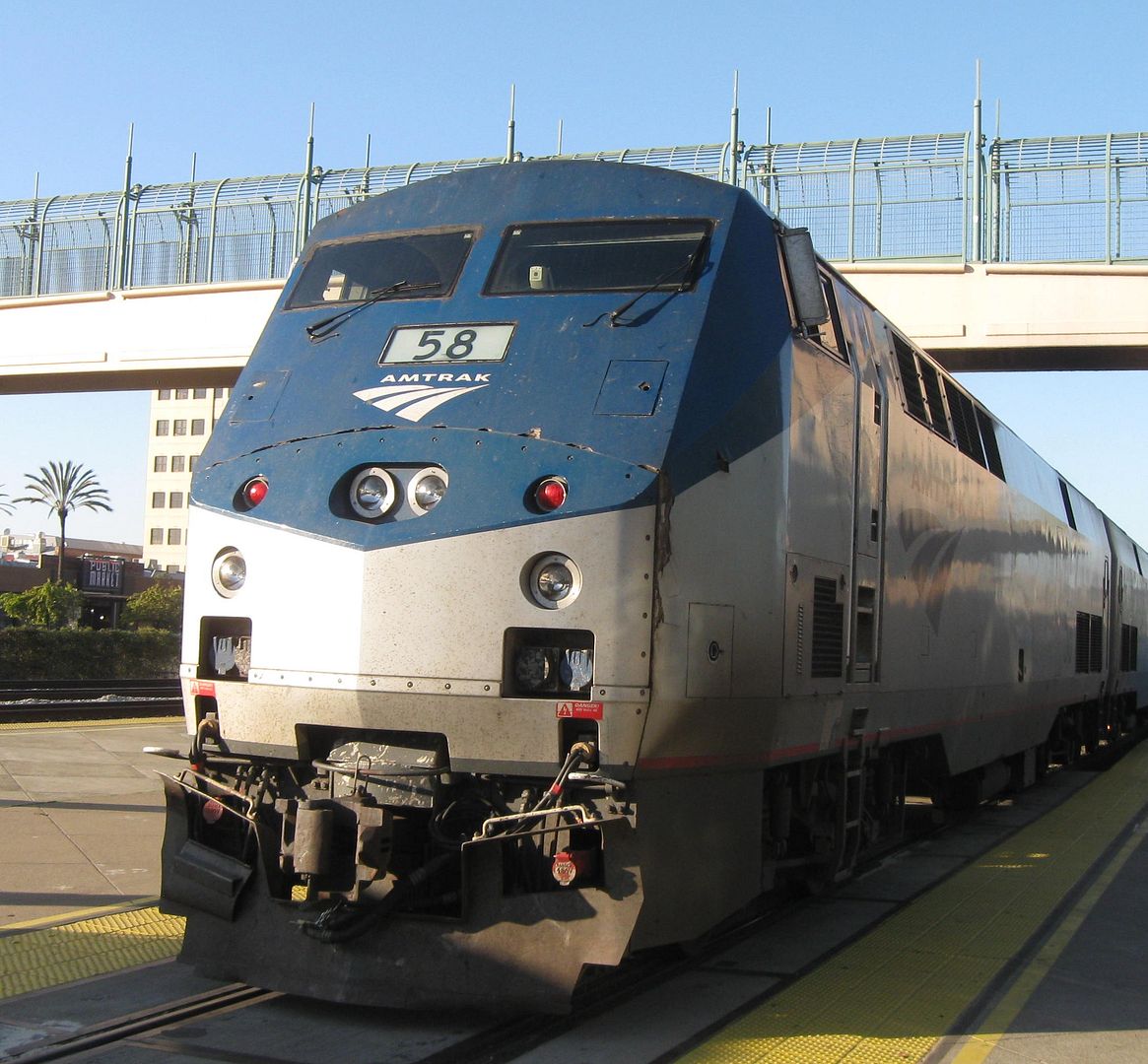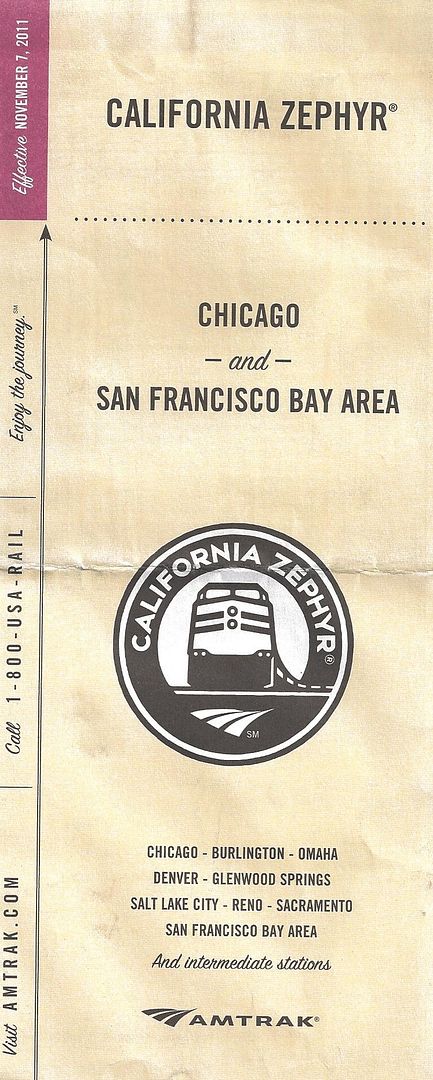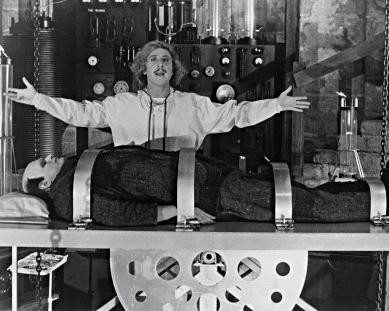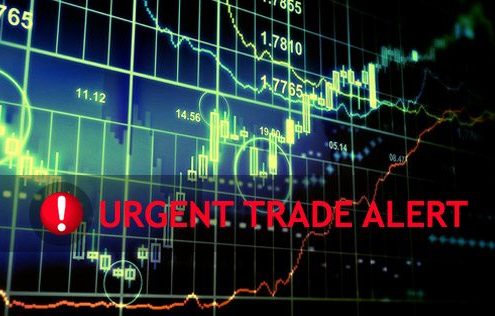
Let me tell you about the real January effect. Many pension and retirement funds only reshuffle weightings between different asset classes once a year, mostly in January. That has created a temporary surge of stock buying and bond selling that exhausts itself by the middle of the month. After that, the market sells off. During the second half of January in 2009, the S&P 500 dropped by 3.5%, in 2010 it plunged 5.9%, and in 2011 it pared back 0.54%.
Will history repeat itself a fourth time? The global economy is facing certain slowdowns in Europe, China, and India. The bull run in equities is rapidly approaching the advanced age of four months, long in the tooth by recent standards. I am betting that it will, but will keep my short positions small until I?m sure. The next bad headline from Europe will be the trigger.
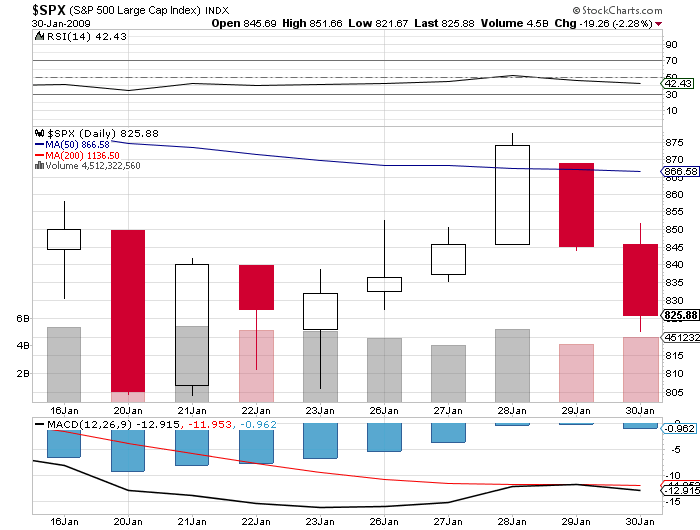
Is the Bull Market Now a Senior Citizen?
I have been warning readers away from the agriculture space for the past few months, and on Thursday you found out why.
More than 90% of the street was positioned for a bullish report, expecting that the last summer?s blistering drought and ongoing dryness in South American would lead to inevitable shortages.
Instead, the US Department of Agriculture dropped a bombshell, predicting in its closely watched crop report that there would be copious oversupplies of every major grain for 2012. Prices utterly collapsed, with corn (CORN) closing limit down on the day.
This is not the first time this has happened. Over the past year, the USDA has lost, and then later found, 100,000 million bushels of corn, twice, sending prices gyrating each time, and putting traders through a meat grinder. Conspiracy theorists suspect political manipulation, insider trading, or just shear incompetence. Budget cuts are a more likely cause. The less money the government agency has to spend, the more volatile and less reliable its numbers are becoming. This is a major reason why I avoid the sector like a plague going into these reports.
I?ll tell you what happens from here. After a few weeks or months, these new developments will get digested by the marketplace. A few bodies will float to the surface, as overleverage by small traders reaps its grim harvest. Liquidation of their positions will give us our final low.
Then the long term bull market in food will resume its inexorable climb, and the grains will begin a slow grind up. The bottom line is that the world is making people faster than the food to feed them. Of the 2 billion souls who will join the global population over the next 40 years, half will come from countries unable to grow enough of their own food, primarily in the Middle East. It is just a matter of time before the weather turns hostile once again. There is the ever present tailwind of global warming. And who knows? The next USDA crop report could surprise to the downside, sending prices soaring.
I think this year you?re going to have six years? worth of movement in the commodities markets,? said Mark Fisher of hedge fund MBF Clearing Corp.
The only surprise in the downgrade of nine European sovereign borrowers was that it took so long. It is a classic case of locking the barn door after the horses have bolted.
The only unknown is how many more downgrades remain. The marketplace is already valuing this paper at CCC levels, with ten year yields violently fluctuating around the 7% handle. So the BBB+ awarded to Italy, down from A, seems generous in the extreme.
The downgrades have created far bigger headaches for European authorities beyond wounded pride. By downgrading big contributors to the bailout package for Greece, like Italy and France, the funds available have been effectively cut by nearly half. This comes on the day when direct negotiations for restructuring Greece foundered on the rocks.
Friday?s action has emboldened hedge funds to double up shorts in the beleaguered European currency (EUO), (FXE), (UUP) from already record levels. The head and shoulders topping formation is now so clear on the charts that I am sure it will be used for some future, yet to be written, book about basic technical analysis. Whereas $1.19 looked like a safe bet, $1.14 is now coming into play.
Is This the Euro?s Future?
I received a scratchy and barely audible call from my buddy out in the Barnet natural gas fields just outside of Fort Worth, Texas the other day. With the price for CH4 decisively breaking through $3/MBTU yesterday, traders were now resigned to seeing a new ten year low in the near future, possibly as low as $2. The men on the rigs were getting restless, fearing layoffs in their future. Did I have any insights?
Natural gas has been your worst nightmare of a commodity since its peak at $14 in 2008, then riding on crude?s coattails in its infamous run to $149/barrel. Since then, natural gas has cratered 80%, and is down 37% from its 2011 top.
You can blame the new ?fracking? technology, which in the last four years has unlocked a 100 year supply of natural gas in shale fields, that until recently, were considered unproductive. Hard bitten roustabouts with a line of crude permanently under their fingernails have been driving their RV?s to previously unknown destinations, like Pennsylvania, Alabama, West Virginia, North Dakota, and even California. There is probably a second 100 year supply out there, but with prices so low, what is the point in looking. Europe and China have as much untapped ?unconventional gas? under their feet, since their geology is similar, if they could only figure out the technology.
Fracking involves drilling down to 7,000 feet, filling the well with a liquid, and then letting off an explosive. The shock wave shatters the shale formation, allowing the gas to flow freely. While there have been numerous complaints about contamination of ground water by toxic chemicals, every case I investigated could be traced to an incompetent contractor inexperienced in the technology.
I was one of a handful of venture capitalists who helped pioneer fracking in the Barnet a dozen years ago who the locals considered crazy. You want to spend $1 million on a new well and then blow it up? That skepticism allowed me to snap up leases for mineral rights depleted by conventional means for pennies on the dollar.? My back still hurts when I think about driving down those bumpy washboard roads.
By 2005, it was clear to me that the technology worked and would have a hugely negative long term impact on prices. All that was needed was for the majors to move in. So I sold out my interest to a major production company and never looked back.
For the last three years, the natural gas industry has not been a happy place. Share prices of industry leaders like Chesapeake (CHK) and Devon (DVN) have been hammered as competitors sought to offset falling prices with increased volumes. The result has been a glut of this deeply despised molecule of Biblical proportions. There is a risk that production could overwhelm storage by this summer, leading to even lower prices. Natural gas is now even cheaper than some of the higher grades of coal, like anthracite, which was once unthinkable.
Gas prices are now 15% of the cost of oil on an equivalent BTU basis. So if you own one of the few natural gas cars around this means you are buying fuel at 60 cents a gallon. Since gas burns so cleanly, you probably can go 100,000 miles between tune ups. Your carbon emissions are half of what a gasoline engine generates, and there are no poisonous nitrogen or sulfur dioxides.
So why aren?t we all driving natural gas powered cars by now? You can blame the heavy hand of government regulation. Energy is one of the most heavily regulated industries in the country. To use even a fraction of the gas we are producing, massive deregulation of the transportation, distribution, and sale of natural gas is required.
Former corporate raider and oil man, Boone Pickens, has been attempting to do exactly that with an $80 million lobbying campaign on Capitol Hill. His proposals include relaxed controls on building new gas pipelines and tax subsidies for the conversion of heavy trucks and fueling stations. But he has been blocked at every turn by oil industry lobbyists who want to keep us all hooked on the black stuff for as long as possible.
The discovery of these enormous new energy supplies will precipitate the greatest change to the global economy over the next three decades. The US, the ?Saudi Arabia? of natural gas, will flip from a large energy importer to a large exporter, primarily to China. All of a sudden, all those expensive wars in the Middle East are meaningless, as is the Keystone pipeline.
I think the way this ends is that the oil industry buys the entire natural gas industry. Prices are now so cheap they can do this for pocket change. That makes every gas producer out there a potential takeover target. With 150 years of management expertise, a deep pool of engineering talent, cash coming out of their ears, and existing distribution networks in place, who better to do this? This is already well underway, with Exxon?s purchase of XTO Energy a year ago a perfect example.
Unfortunately, there are few trades here with which we can participate. I pleaded with readers to stay away from gas for all of 2011. It never rallied much last year, so there weren?t any great entry points on the short side. You are better off to focus on companies that profit from volume, not price. One candidate is Cheniere Energy (LNG), which is gearing up to liquefy natural gas for export from the US to Asia.
As for my friend?s crew, I told him not to worry. If drilling does scale back in the Barnet there was always plenty of work in North Dakota?s Bakken field, where fracking is being more widely applied to oil production. Roustabouts were commanding salaries well in excess of $100,000 a year there with benefits up the wazoo. Sure, the weather sucks, and it is a very long trip to a Dallas Cowboys game. But it beats the hell out of going on unemployment.
It is Getting Cheap, Isn?t It?
?My heart sank when I heard the corn number. I literally felt sick to my stomach. I just knew that most of the market was looking for a big rally in corn and had positioned themselves that way,? said Scott Shellady, a trader at ICAP US Derivatives.
Chicago?s Union Station is one of those places that is permanently jammed. Commuters rushing to catch trains run into bottlenecks at every turn. Today, they were fleeing a freezing rain outside that left the city?s skies a leaden overcast. The entire station smelled of wet wool. Only the Great Hall, which was setting up for a celebrated New Year?s party, offered decent running room.
I was there to catch the California Zephyr to Emeryville, California, which is just a quick hop over the Bay Bridge from San Francisco. The waiting room was packed with GI?s in uniform on home leave, Mennonites traveling to distant Iowa farms, and romantic couples embarking on discreet getaways. There was also a mix of excited tourists from Europe and Australia on USA Rail passes which offered unlimited travel for 45 days at a bargain $869.
Amtrak is certainly no Orient Express. Substitute polished, rare hardwoods for all American grey plastic. Instead of gourmet black tie dinners, I wore sweats to eat cheeseburgers and fries. Replacing the vintage 1920?s Pullman sleeping cars I slept in the cramped double decker US kind where you must negotiate the movement of every limb. Still, the service from my train attendant, JR, was excellent, who kept the coffee urn constantly fresh and full. I enjoyed every minute of the 52 hour adventure.
Traveling via a 19th century mode gives one a rare opportunity to slow down in this peripatetic world. As with the transatlantic liners, you set your watch back one hour each night as the porter makes up your bed. Away from the highways the complete absence of billboards, signs, and fast food joints makes the view all the more pleasant.
A Visit to the Old West
On the first morning, the sun rose from the billiard table flat landscape of Eastern Colorado. Dusty, ramshackle ranch structures backed onto the tracks with scattered cattle dotting the horizon.
These trains are a great social experiment, because the shortage of space dictates that you share your table with strangers at every meal. You never know if your next dining companion will come from a first class cabin, a shrunken ?sleeperette,? or the tedious ordeal of coach, where passengers must sit up all night, tortured by snorers. The nuggets of information you glean from these exchanges are worth far more than the mediocre food.
For me, the great upgrade in these trains is the 110 volt outlets that allow me unlimited use of my laptop. There is no Internet access, or even cell phone coverage for most of the route. You can connect briefly with the outside world for a few minutes as you stop at each station. That allowed me a productivity burst that saw a weeks? worth of work get done in two days. For 2,000 miles I alternated between reading and writing, briefly pausing to top up the coffee and take in the magnificent view.
Taking the train, you are afforded a voyeur?s look into America?s back yard. The observer notes cars on blocks, junk yards, pigeon coops, bee hives, aged recreational vehicles, dilapidated trailers, and farm animals of every description. Since prime real estate does not usually abut onto railroad tracks, you get a peek into the lives of many of the 60 million who now receive food stamps. You also go through rail yards that are laid out like a giant Lionel model train set.
The Rocky Mountains rose out of the plains like a dark rolling thunderstorm, with the steep grades starting just outside of Denver. At one bend we passed a line of hopper cars filled with dirt and welded to the tracks. Here, a severe gust barreling out of the mountains once blew a train over some years ago. Then we began a passage through the Old West. Double engines labored past a Disneyland like landscape, complete with abandoned log cabins, dramatic rock formations, and assorted wildlife around every steep bend in the track.
Crossing the Continental Divide
Crossing in a furious blizzard, an avalanche alert was triggered, slowing us to ten miles an hour. After that, the engineer red balled it to make up lost time. At the Continental Divide I jumped out and ran the length of the train twice in freezing temperatures to get the blood flowing and the crooks out of my back. From there, we followed west the frozen headwaters of the Colorado River. The evening saw us pulling out of Salt Lake City, the residents walking briskly to their alcohol free New Year?s Eve celebrations.
Following the Frozen Headwaters of the Colorado River
Although freight trains are given priority, the dispatchers cut us some slack. The only product I saw shipped was coal carried by endless lines of Burlington Northern cars on its way to China so they can make steel, which they ship back to us. Who says America has nothing left to sell?
I entered 2012 just east of Promontory Point, Utah where the Central Pacific and Union Pacific Railroads met to drive the golden spike in 1869. I crossed the Nevada border an hour later, a half-finished bottle of Champagne still in hand. Maybe its by age, but I skipped the raucous party in the lounge car.
I awoke on New Year?s Day to the vast expanse of the Great Western Desert where there was nothing to see but tumble weeds, sand dunes, and salt flats. On my return from another sprint along the tracks in Reno, JR said ?Happy New Year? and presented me with a hot cup of Joe and a Reno Gazette.
Nevada Didn?t Have a Lot to Offer
My family has been crossing the High Sierras for 160 years, and it is impossible to tire of the experience. The summit tunnel blasted out of granite with black powder by Chinese laborers during the 1860?s was bypassed for a more modern route 35 years ago. The mountains were strangely devoid of snow for this time of year. If the Donner Party only had it so lucky, who reportedly resorted to cannibalism when trapped just short of the pass. A passenger train was snowed in here for three days as recently as 1947.
Crossing the Benicia Bridge
An hour later we came across the view of the Central Valley that caused pioneer emigrants to fall to their knees in tears and prayer, believing they had reached the promised land. From there it was an easy run past the old gold mining towns, across the Sacramento marshes, and over the Benicia Bridge, to San Francisco Bay, and home at last.
A 200 Ton Monster Arrives at San Francisco Bay
?Our medical technology has completely outstripped our ability to pay for it,? said Boris Schlossberg, a foreign currency strategist at BK Forex Advisors.
As a potentially profitable opportunity presents itself, John will send you an alert with specific trade information as to what should be bought, when to buy it, and at what price. Read more
As a potentially profitable opportunity presents itself, John will send you an alert with specific trade information as to what should be bought, when to buy it, and at what price. Read more

